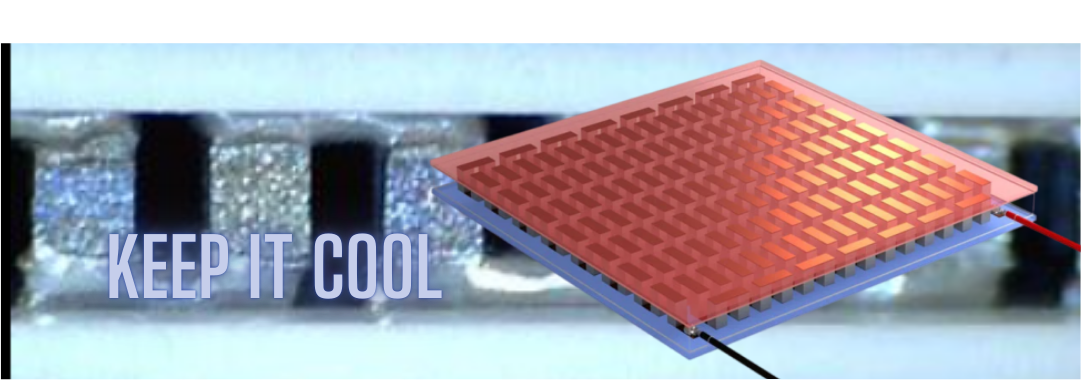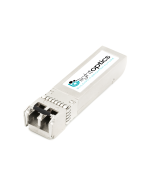What should we do if the temperature of the optical module is too high?
Temperature stability plays a big role in how reliable, fast, and far optical modules can transmit data. But what does that really mean in practice? And how do you pick the right transceiver for your specific setup? We’ve got the answers, so let’s break it down!
What is the temperature stability of optical modules?
The term "temperature stability" in optical modules refers to their ability to maintain optimal performance across a specific temperature range. For standard transceivers, this range is typically from 0°C to 70°C. However, demanding environments require specialized solutions. That's where industrial transceivers come in, designed to operate in extreme conditions, with an extended temperature range of -40°C to +85°C.
When an optical module operates outside its designated temperature range or its internal cooling system fails, issues can arise, such as reduced laser output power, increased signal distortion, and even complete transmission failures. That’s why temperature stability is crucial for ensuring reliable network performance. Choosing the right transceiver for your environment can make all the difference in maintaining a stable, high-quality connection.
How does temperature affect the quality of transmission?
- Transmission speed: High temperatures can negatively affect optical signal quality, leading to increased jitter (signal fluctuation) and higher transmission error rate (BER). Transceivers with speeds of 100G and higher are more sensitive to changes in optical parameters, including operating temperature. Such modules must use advanced cooling technologies, such as Peltier elements (TEC), to keep the temperature of the laser and other optical components stable.
- Transmission distance: Temperature variations also affect laser output (Tx) power, which can lead to a reduction in maximum transmission range. In CWDM and DWDM (Wavelength Division Multiplexing) systems, wavelength changes caused by temperature fluctuations can lead to interference between channels, which reduces transmission quality, especially over longer distances. In long-range systems (e.g., over 40 km), temperature stability is therefore extremely important to maintain high signal quality and prevent transmission errors.
- Receiver sensitivity (Rx): Higher temperatures can increase receiver noise, leading to difficulties in decoding signals and an increase in errors. Therefore, stable operating conditions are essential to ensure module reliability.

Cooling and temperature control systems
The ever-increasing demand for higher speeds, longer transmission distances requires the use of more and more advanced systems, responsible for nullifying the effects of high temperatures on the operation of the modules, or equally for regulating their internal temperature. The most commonly used solutions include:
- Peltier elements (TEC - Thermoelectric Cooler):
These are the most commonly used cooling systems in advanced optical modules, especially those with higher transmission speeds, e.g. 100G and above. The Peltier element works on the thermoelectric principle, and can both cool and heat optical components as needed. This makes it possible to keep the temperature of the laser and other sensitive components constant, ensuring stability of wavelength and other optical parameters.
- Built-in temperature sensors and monitoring systems:
Optical modules are often equipped with temperature sensors that monitor the operating conditions of the laser and other components in real time. This data is relayed to control systems (working with Peltier elements or other systems) that dynamically control cooling/heating to maintain optimal conditions. This type of technology helps avoid laser overheating and associated performance degradation.
- Advanced chassis design:
Optical modules can be designed with suitable materials that help dissipate heat. Enclosures made of thermally conductive materials, such as metals with high thermal conductivity, can help dissipate heat evenly away from key optical components. In some cases, heat sinks are added to optical modules to increase the surface area that helps dissipate heat.
How can I monitor the temperature of my optical module?

What is the difference between standard and industrial transceivers?
Now that we understand what temperature stability in optical modules really means, the technologies that help maintain it, and the issues that can arise if it fails, there’s still one key question left: which optical module should you choose? As previously mentioned, when it comes to temperature stability, there are two main types on the market: standard and industrial transceivers.
Standard transceivers are designed for stable, controlled environments like data centers or offices. In these settings, temperatures typically stay within the range of 0°C to 70°C. Even though server rooms can generate a lot of heat, they are usually well-ventilated and closely monitored for temperature control.
However, some transceivers need to operate in much tougher conditions, such as outdoor installations where temperatures can vary significantly. That’s where industrial transceivers come in. With an operating range of -40°C to 85°C, these modules are built to handle extreme environments, including base stations, industrial networks, and outdoor setups. They use more advanced cooling technologies and higher-quality components, offering greater durability and reliability, even under drastic temperature changes.

Why Temperature Matters for Transceivers - Frequently Asked Questions:
What happens if a transceiver overheats or operates outside its temperature range?
Overheating can lead to reduced signal quality, increased error rates, and even complete transmission drops. Operating outside the specified temperature range can also shorten the lifespan of the device.
When should I use industrial transceivers instead of standard one?
Industrial transceivers are ideal for outdoor setups, harsh industrial environments, and remote network installations where temperatures can vary drastically. They offer enhanced durability and reliability in challenging conditions
What to do if the SFP module overheats?
- Check ventilation: Ensure proper airflow and functioning fans.
- Monitor with DDM: Track real-time temperature data.
- Relocate to a cooler spot: Move equipment if possible.
- Update firmware: Ensure it's up to date.
- Reduce data load: Lower usage to see if it helps.
- Switch to industrial-grade: Consider a module built for higher temperatures.
- Inspect for damage: Check for any physical issues.
Does SFP overheating affect signal quality?
Yes, overheating of SFP transceivers affects signal quality. High temperature can cause a decrease in laser power, higher signal distortion and an increase in the number of transmission errors (BER), leading to an unstable connection or even its interruption.






















